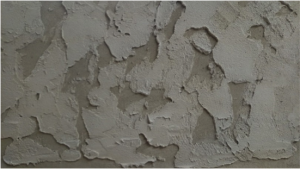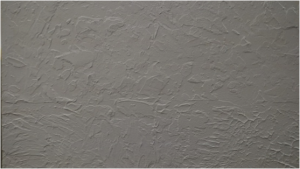It is as simple as that: Mold is gross and no one wants it in their home. Mold comes from spores that begin to grow in your home and if nothing is done about it, it can cause structural issues and is quite ugly.

To be a mold farmer, your house will need damp, dark and stagnate. Great places for this are bathrooms, basements, and closets to name a few. To really cultivate your mold farm make sure there is no ventilation. That bathroom where you get your kids ready for bed, take out that vent. Better yet, have a bathroom without a working vent and make sure to never open the window especially on a hot summer day. Now give your crop some time and pat yourself on the back, you’re a great mold farmer. J Mold farming not lucrative enough for you? We don’t blame you. The economy is really down on buying mold, apparently it’s bad for your health. Worry not, it is pretty simple to get rid of.
- Make sure all parts of your house are well ventilated. This includes bathrooms! Not only is it required for your bathroom to have a vent according to building codes, it is better for your health. Those hot comfy steamy showers are great and all but the moisture needs to go somewhere. Even opening your window 1 inch can help reduce condensation. This is important in the winter as well. Placing a dehumidifier in your basement year round will not only prevent condensation build up, it will improve the smell of your house getting rid of that dingy basement smell.
- The golden standard of mold removal is Dawn Dish Soap. By no means are we getting paid to say that either (though that would be nice!) Mix some soap in a bucket of warm water and get to scrubbing. You can use bleach as well but be careful of the fumes and it doesn’t work as good so don’t bother with it.
- Certain paints can help kill mold and prevent it from coming back. After you do your best to remove the mold, a fresh layer of molding killing paint will help cover up the once stain mold area and prevent it from coming pack.
- Get your house ventilated, we cannot stress that enough. Please see #1.
Common household mold has not been known to cause health issues. On the contrary, if the mold spreads to several rooms in your house and/or you are immunocompromised such as people who have HIV/AIDS and cancer or are newborns or the elderly population, you do have a high risk of getting sick from the mold. Although mold is not as much of a health concern as lead, it is still something to get out of your house. Don’t experiment to see how long you can go living with mold. Not only will it decrease the appearance of your home, it will lower the value and you will have to correct the issue before you attempt to sell it.



 So you’ve called around, got a couple quotes, have a start date, signed the contract, and payed the down payment. Now what? Do you have to prepare at all? Should stuff be moved? What about your flower beds next to the wall they need to fix? Here is a quick check list to make sure you are ready for your contractor and their team to come and improve the value of your home or office. This is by no means an all-inclusive list. Talk to your contractor and see what they will need and what they request.
So you’ve called around, got a couple quotes, have a start date, signed the contract, and payed the down payment. Now what? Do you have to prepare at all? Should stuff be moved? What about your flower beds next to the wall they need to fix? Here is a quick check list to make sure you are ready for your contractor and their team to come and improve the value of your home or office. This is by no means an all-inclusive list. Talk to your contractor and see what they will need and what they request.